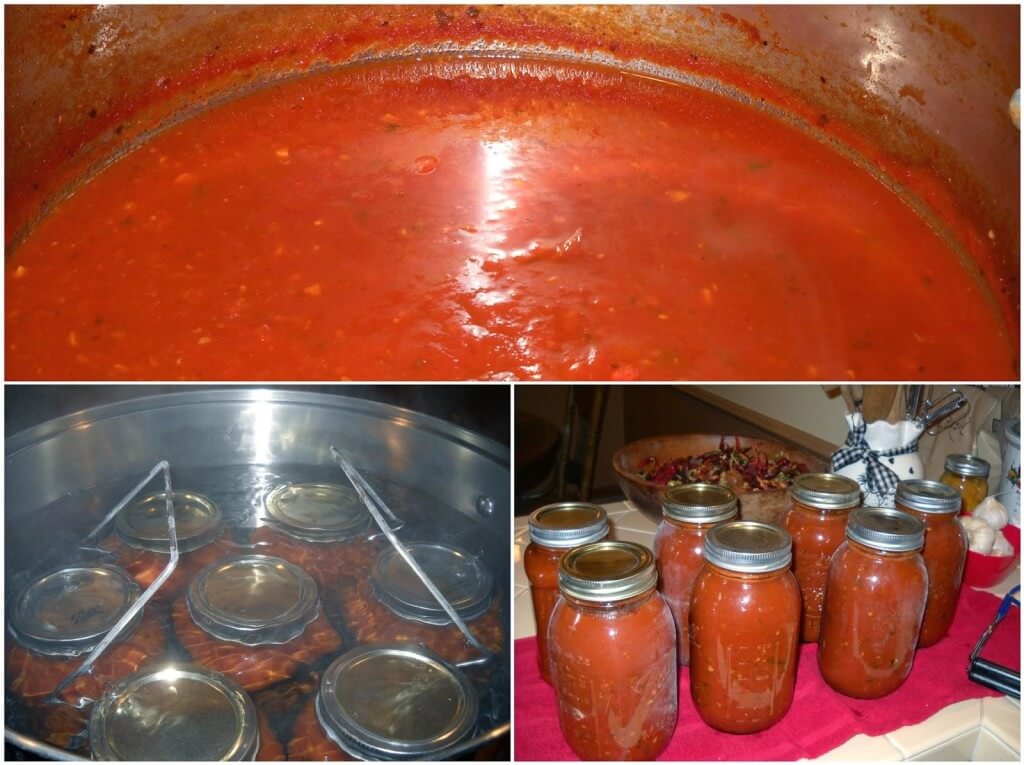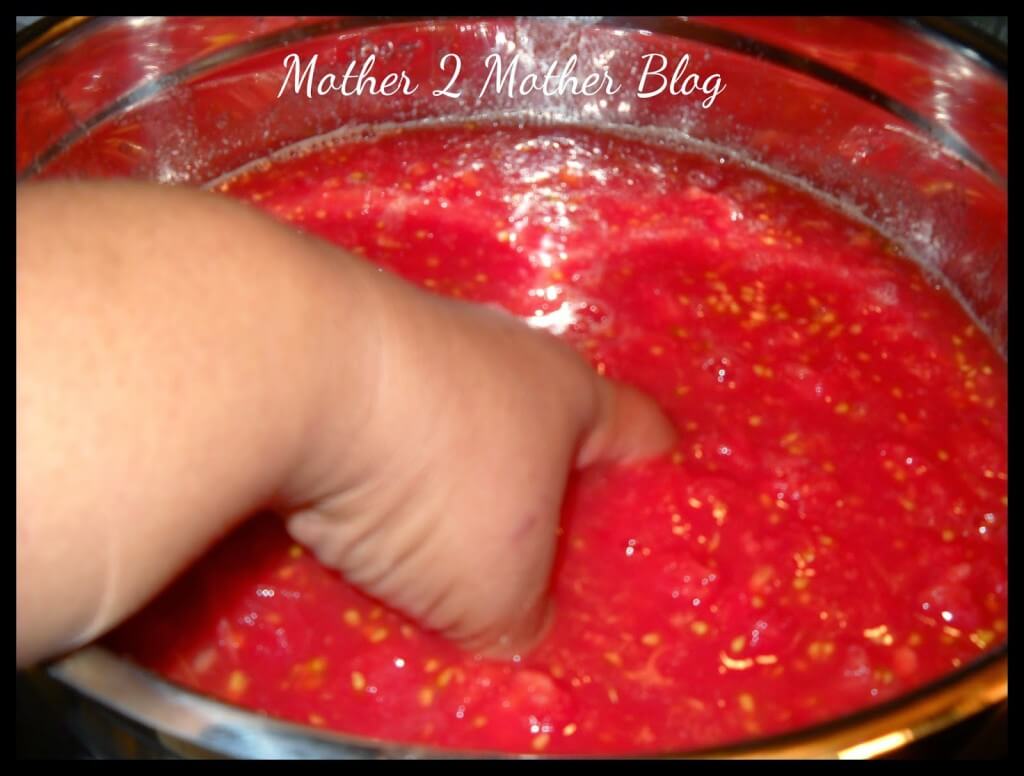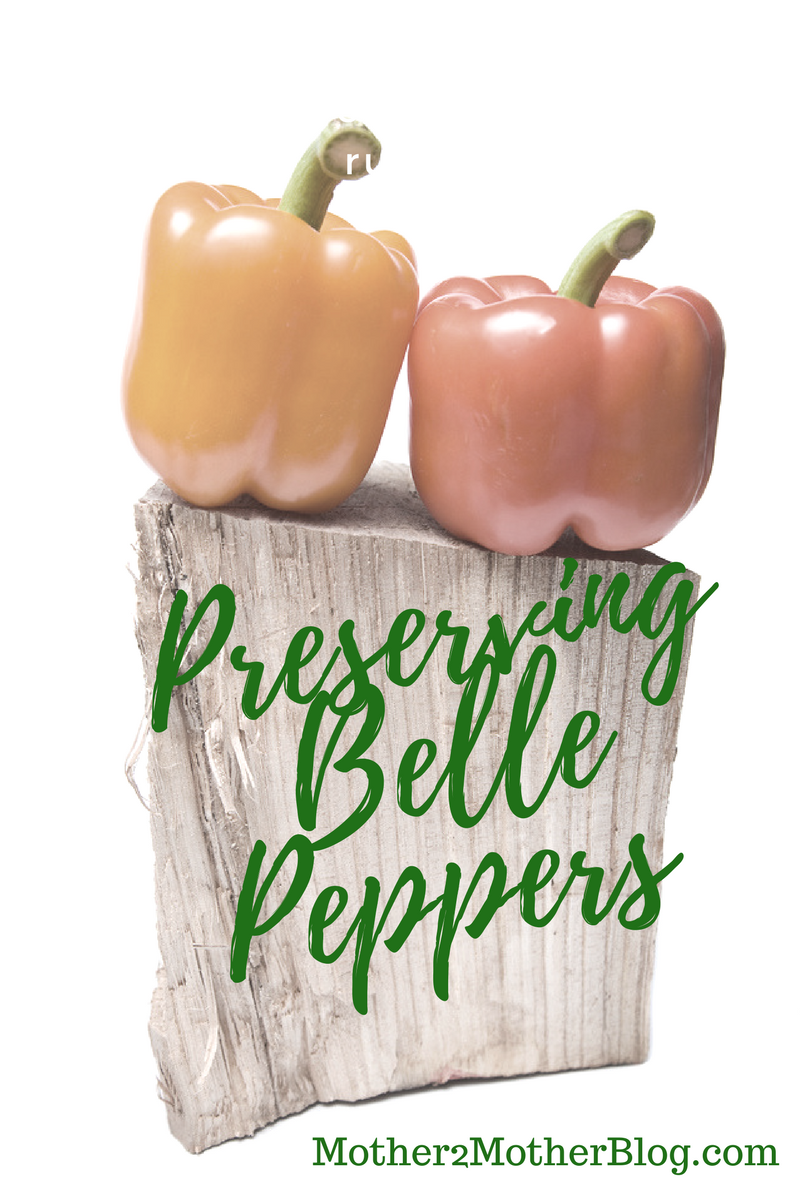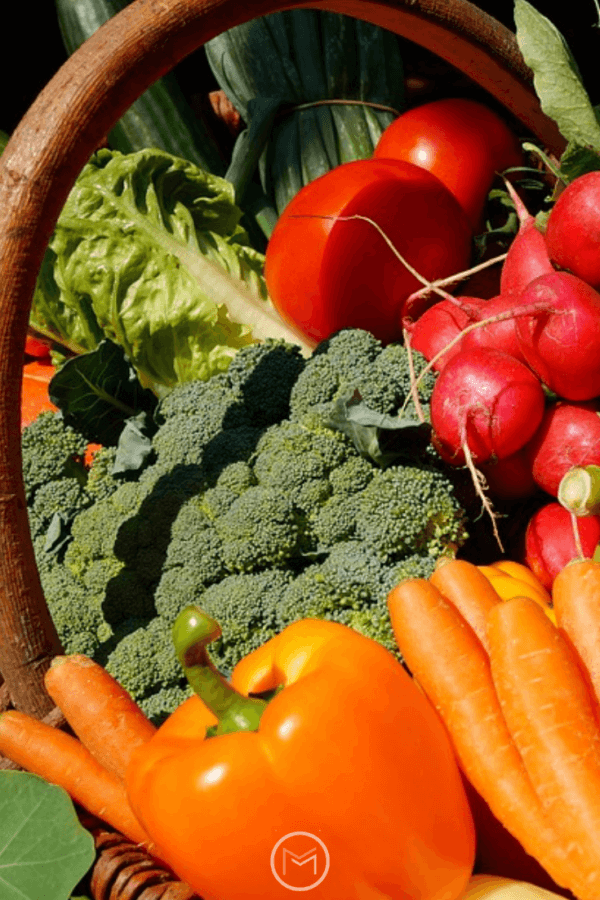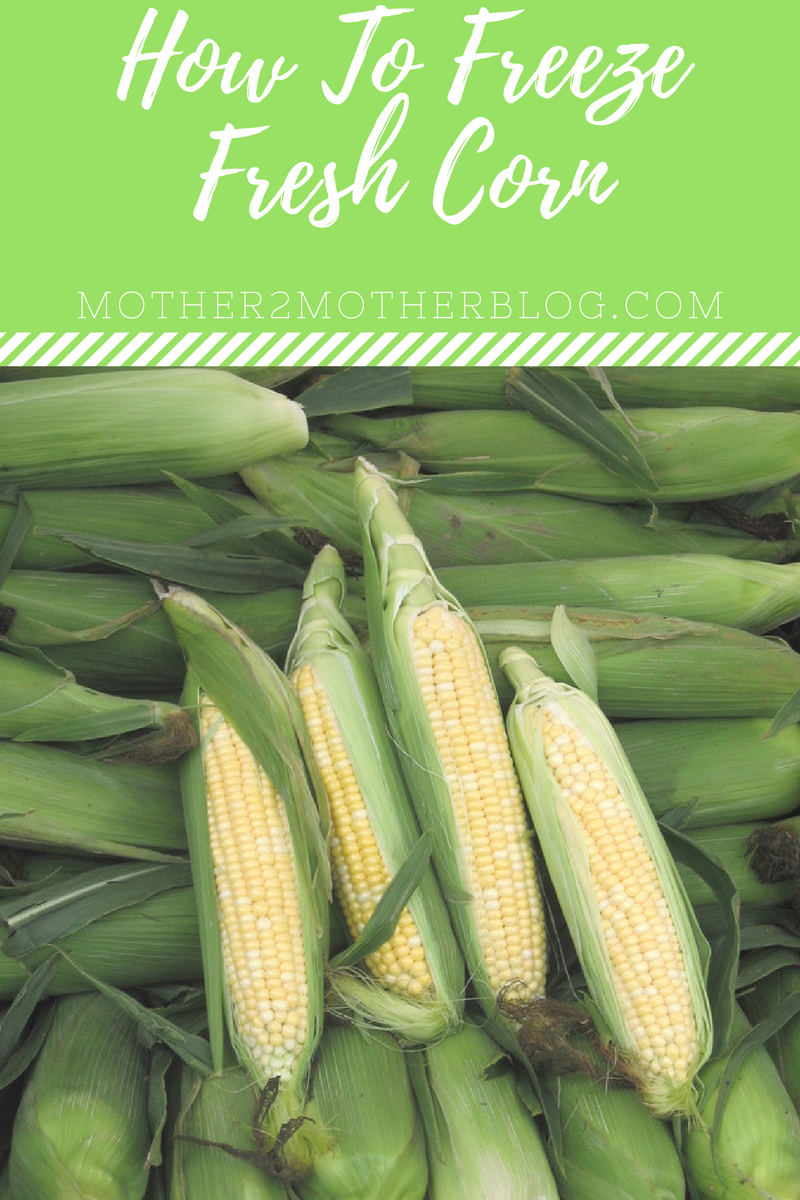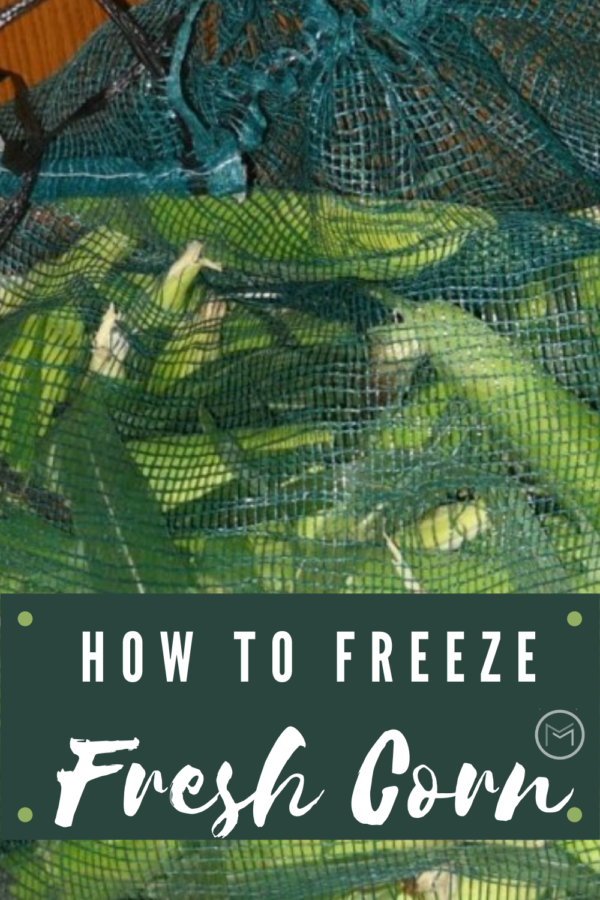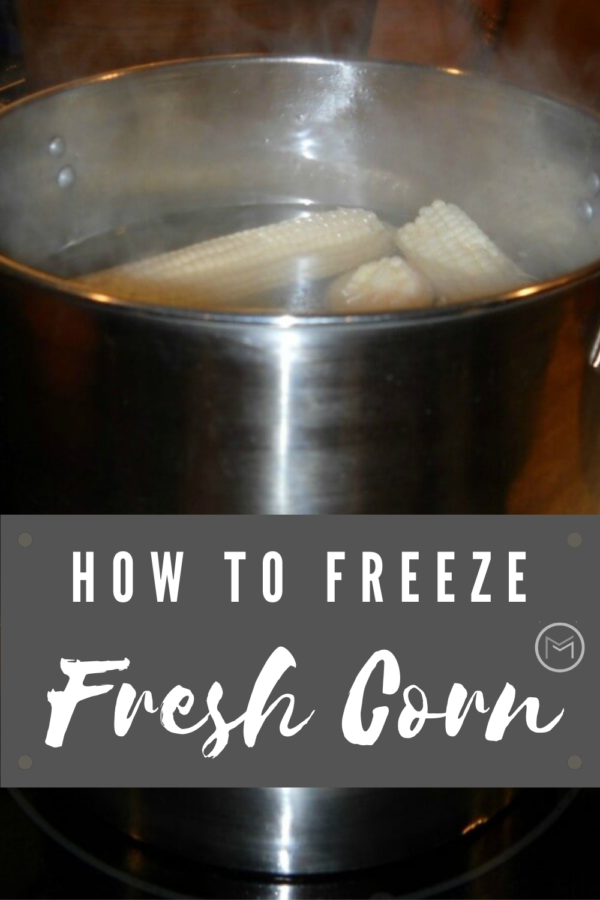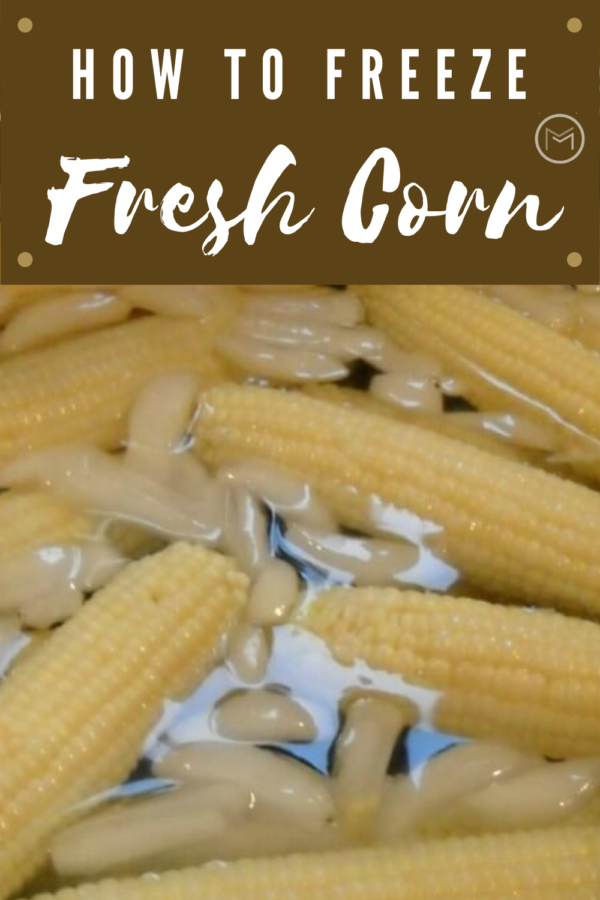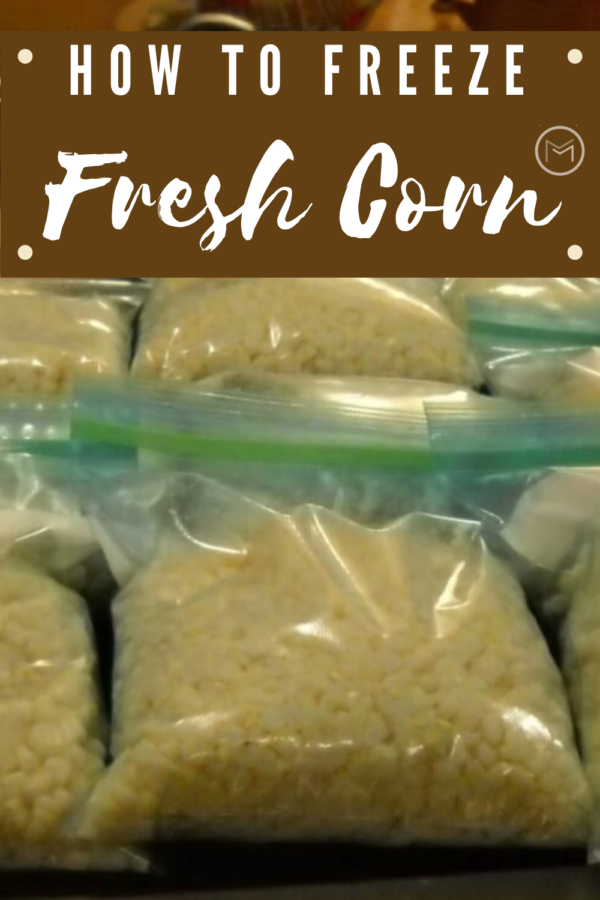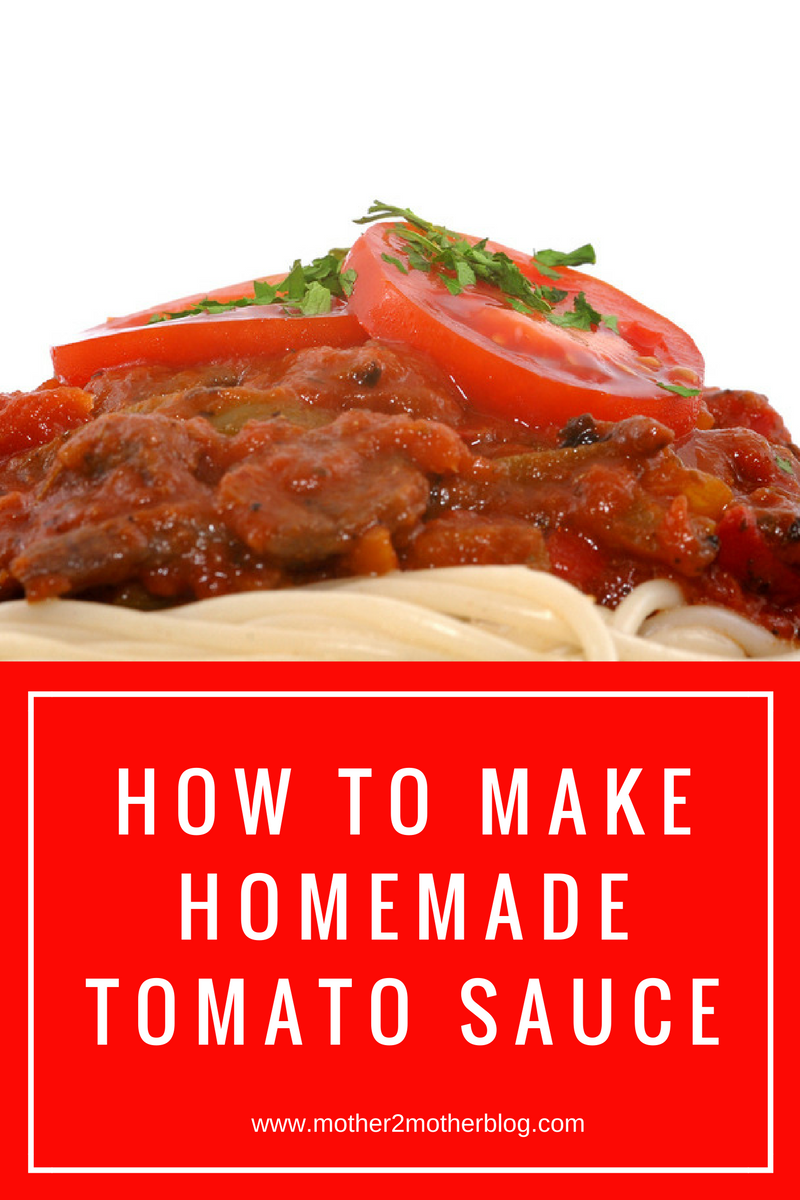
Here’s my recipe for 7 quarts of homemade tomato sauce:
- 30 lbs. of tomatoes (I used a combination of Roma and regular beefsteak)
- 15 gloves of garlic
- 1 cup of white onions (2 medium onions)
- fresh basil, parsley, and other seasonings to taste
- 2 cups of sugar
- 2 small cans of tomato paste to help thicken the sauce
- First, remove the skin from the tomatoes. If you have a sauce maker, now is the time to use it. I don’t have a sauce maker, so I make my sauce like my grandmother. I remove the skin from the tomatoes by blanching them, and immediately placing them in a large bowl of ice water. Check out my post on How to Blanche Tomatoes.
- Next, place the skinless tomatoes into a large bowl. Squeeze the tomatoes into small pieces. Yep, that’s my clean hands in the bowl (below) squeezing those tomatoes into pieces. You can also use a potato smasher to squeeze the tomatoes. Most importantly, wear gloves if you’re allergic or feel more uncomfortable sticking your hands into the tomatoes.
- Breaking the tomatoes into pieces helps the sauce to cook down faster. Secondly, it keeps the sauce from getting too thick. I like a little movement with my sauce. I can always thicken it later with paste depending on what dish I am preparing.
- If you have a sauce maker, you can skip these steps. The sauce maker removes the skin and seeds from the tomatoes. If you don’t have a sauce maker, you can follow my steps and remove them by hand. In my opinion, they’re really not that noticeable once the sauce cooks down.
- Place a colander into a large bowl or pan. Place cups of the sauce mixture into the colander and press the sauce down with a spoon until the seeds and juice run out into the bowl. The holes in the colander will be large enough for the juice and seeds to pass through.
- To remove the seeds from the juice you will need a fine wire strainer or sieve. The strainer should allow the juice to run through, but small enough to hold the seeds. Pour the juice into the strainer to remove the seeds. Once you get a rhyme going, it doesn’t take long.
- Now, add the juice back into the tomato meat and repeat until you have the majority of the seeds removed from the juice and meat of the tomatoes. You won’t be able to remove 100% of the seeds, but that’s okay, The seeds enhance the flavor and you won’t even know they’re in the sauce. That’s why I don’t have a sauce maker, I am the sauce maker as grandma used to say!
- Your next step, chop the garlic and onion into fine pieces. If you have a chopper use it, it will save you time. (You can also prepare the garlic and onion ahead of time.) Cover the bottom of the stock pot with Extra Virgin Olive Oil and heat until it’s hot. Add the garlic and onion, cook until tender, 2 -3 minutes. Be careful not to burn it, it will ruin your sauce. Stir it constantly. In my opinion, homemade tomato sauce is about the garlic, onions and fresh herbs. Besides the love that goes into it. These ingredients are what separates it from the grocery store sauces.
- Pour in the tomato mixture and bring to a boil.
- Once the tomato mixture is boiling point, lower the heat.
- Next, gradually add in your paste. I only add 1.5 cans of paste to my sauce with 2 cups of sugar. You may like the taste of 2 cans and less sugar. Add your ingredients gradually until you reach desired taste. Add lots of fresh basil to the mixture.
- Finally, simmer for 5 hours. Be sure to stir it constantly. You want to make sure the tomato pieces, garlic and herbs don’t fall to the bottom of the pot and stick. The longer you cook it, the thicker the sauce will become. You will want to taste the sauce throughout the cooking process to determine if you want to add more herbs, sugar or additional paste to thicken it.
Also, you can freeze the sauce or can it. Because I don’t have room in my freezer I choose to can my sauce. I prepared my jars and can the sauce according the directions included with my canner. I placed 2 tablespoons of lemon juice and 1 teaspoon of Himalayan pink or canning salt in the bottom of my quart jars.
Next, I hot pack quart jars with the sauce and water bath them for 45 minutes. Or, you can freeze the sauce in quart size freezer bag. Allow the jar to sit overnight to ensure the jars seal. Once they are sealed, they are ready for the pantry.
Last, save money by freezing or canning homemade tomato sauce for the winter.
Noteworthy: The sauce takes time so enjoy a glass of wine or play with the kids while you’re preparing. It’s worth the work and wait.
